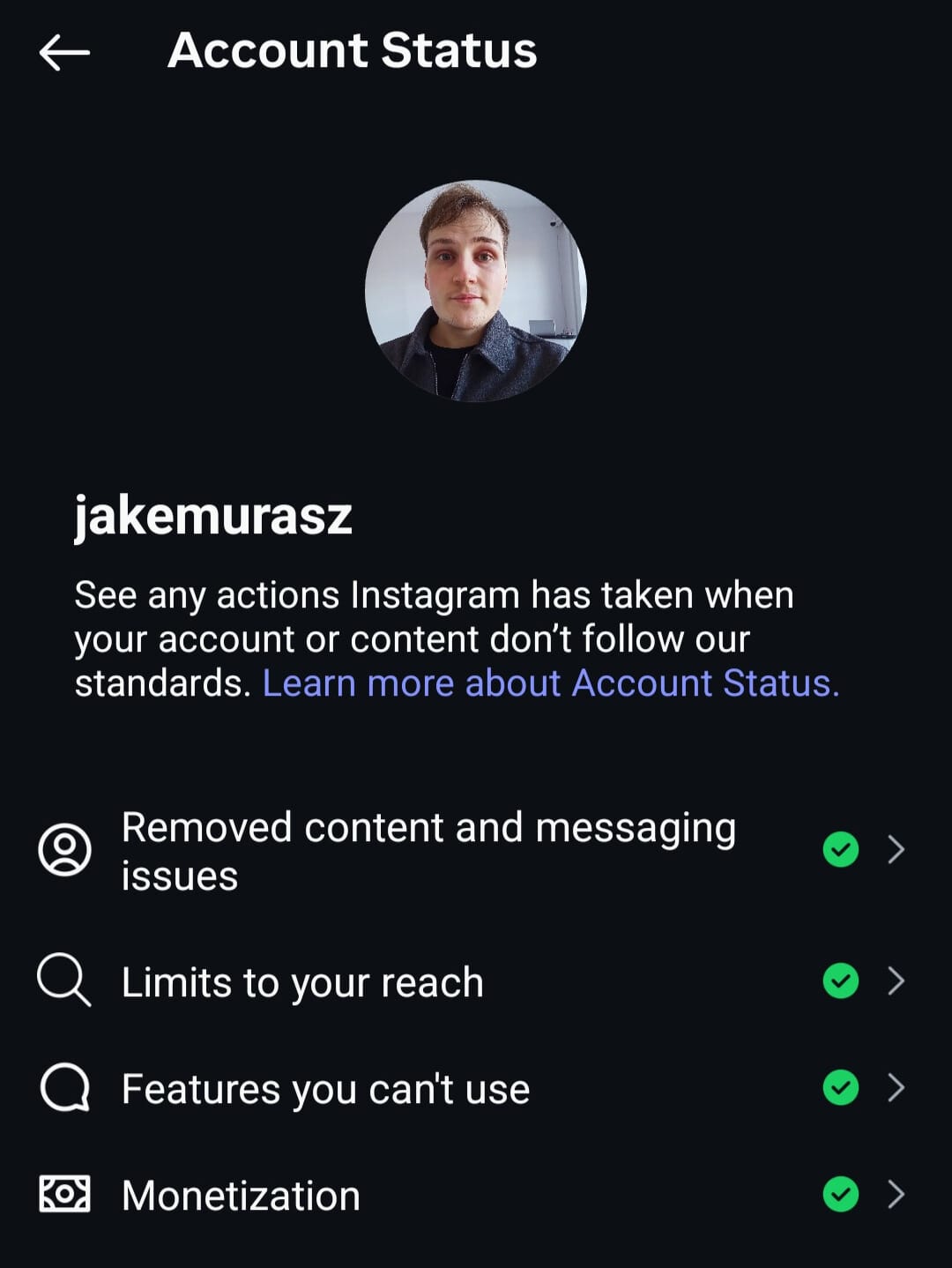In my previous essay, I wrote about embracing physicality — entering the field of visual content and, in general, learning how to go out and be seen again. I touched on the emotional side of that process, but I haven’t spoken about the insanity that comes along with it — the cute little algorithms and the silent gods that rule over them.
The word insanity might be enough to end the essay right here, but if you’ve ever tried to come back to social media after a break — especially Instagram — you might stay for a bit. Maybe you’ve experienced something similar. Maybe you’ll find a small comfort in knowing that you’re not alone. Because yes, it’s insane.
The strange insanity of returning to social media
After roughly six months of silence, I decided to return to Instagram. By silence, I mean the creator’s kind — no stories, no posts, only rare scrolls through the feed. Even before that, my last real post was just a small carousel after nearly two years of inactivity. You get the picture — a ghost account.
Still, it wasn’t a dead one. My account has a long, clean history: no bans, no warnings, nothing shady. I’ve always leaned more toward written content, but over the years, I gathered around seven hundred followers — mostly genuine, some inactive, some probably bots. Not much, but I wasn’t starting from zero.
Coming back, I felt anxious. This time, I wasn’t posting a quote or a thought. I wanted to share movement — my dance practice — and show myself, literally, after years of hiding behind words. I wasn’t chasing attention. I just wanted to document my creative process, to ground my identity.
It was a small but meaningful moment. I wanted to ease the pressure a little. So, the day before posting, I decided to “warm up” my account — and that’s where the story begins to tilt into madness.
When a genuine connection looks like suspicious behavior
I thought it would be strange to just appear out of nowhere, dropping a reel of myself dancing after six months of silence. So I did what any normal person would do — I said hello. I liked a few posts, commented on others, and followed people I resonated with. I also searched for new creators outside my bubble, genuinely curious about who’s out there now. In total, maybe fifty follows that day — not mass spam, not automation — just me scrolling, browsing, and trying to reconnect with the platform.
I did the same the next day, before and after posting, trying to send a small signal to the digital void: “I’m here again. I’m alive. I see you.” Apparently, that was the worst thing I could’ve done.
The post performed terribly — or maybe surprisingly well, considering that the algorithm didn’t even bother to show it to my followers. Everything looked fine on the surface: my account status showed four beautiful green dots, no warnings, no restrictions. And yet, everything was broken.

That’s when I started to investigate.
The cold start: how algorithms punish absence
The first concept I came across was the “cold start.” In simple terms, Instagram is overflowing with content — more than it can ever show — so it behaves like a young, ultra-attractive girl who knows her worth. You must prove yours first.
If the metaphor doesn’t land yet, imagine this: you write her the best lines of your life, and she replies with a flat “heh.” Then you sit there, feeling like an idiot, wondering what to say next. That’s exactly how it feels to post something heartfelt after a break. You pour yourself into the creative process, and Instagram tests it on a micro-sample of maybe five people. If those five don’t react, your post dies on the spot — cold and forgotten.
That’s what “cold start” means. A system that makes returning nearly impossible — punishing your absence by starving your visibility. It’s why influencers never truly take breaks. Even their “silence” is filled with meaningless filler: a coffee cup, a half-thought caption, a dog selfie. Anything to keep the machine fed.
The algorithm rewards consistency, not quality. It doesn’t care if you post noise or insight. It simply wants proof of life. That’s why the platform is flooded with nonsense — not because people are stupid, but because intelligence is punished by the system’s logic. You can spend a week making something thoughtful, but the machine will always prefer a user who posts garbage daily.
And here comes the next layer of absurdity — what Instagram calls “burst behavior.” It’s when your genuine enthusiasm, curiosity, and human reconnection are mistaken for spam. Liking, commenting, and following a little too much after a long break looks to the machine like a bot trying to manipulate engagement. To you, it’s human warmth; to the algorithm, it’s a red flag that must be punished.
And again, there’s no warning. No message saying, “Hey, slow down.” Everything stays green. But you’re quietly marked as suspicious — your reach collapses to zero, your stories vanish from everyone’s feed, and you start wondering if you’ve lost your mind.
When sincerity triggers the system’s defense
The logic is almost tragic. The system, unfortunately, has to defend itself against spammers and engagement groups, yet in doing so, it ends up punishing sincerity. It can’t distinguish between a genuine return and a marketing stunt. And the worst part? No one knows the limits. There’s no clear number of likes or follows that trigger it. The rules shift constantly — a moving target designed to keep you uncertain. Even checking your stats too often can mark you as suspicious, as if curiosity itself were a crime.
The only “solution,” apparently, is to stop. Leave the app for a week or two and pray that your invisible record resets. Then, you can start slowly — post stories that no one will see, interact cautiously, and hope the hidden god of social media forgives your enthusiasm.
The quiet tragedy of being human in a machine’s world
That’s the modern tragedy. Intelligent creatures are forced to act like idiots — posting bread photos, gym selfies, and “out for a walk” stories just to prove they’re alive to an algorithmic deity. And the blissfully unaware? They never have such problems. They just post three times a day without hesitation. The system loves them for it. They never reflect, never pause — they are the perfect citizens of the digital kingdom.
Meanwhile, those who think, who care, who try to approach the platform consciously, end up being treated as suspicious. The very traits that make someone human — reflection, restraint, sincerity — are what get you punished.
The algorithm isn’t malicious. It’s blind. It simply doesn’t recognize subtlety or intent. It only counts movement — likes, taps, swipes — the gestures of digital life. And so, to have a voice within it, you must mimic the rhythm of the machine.
You must post nonsense to share meaning.
You must play the game to critique it.
You must act like an idiot to stay visible as a human.
That, I suppose, is the true absurdity of our time.
💙 Thanks for reading. If you enjoy my work and want more like this, consider supporting it. This space is 100% reader-funded — essays and research take time. You can subscribe, contribute, or explore reading lists I curate. Every bit of support helps.



